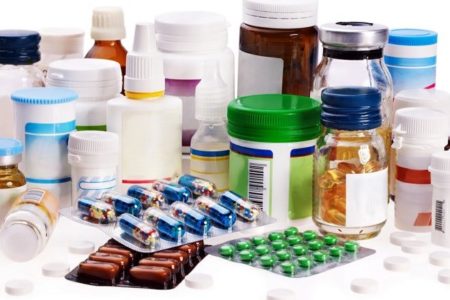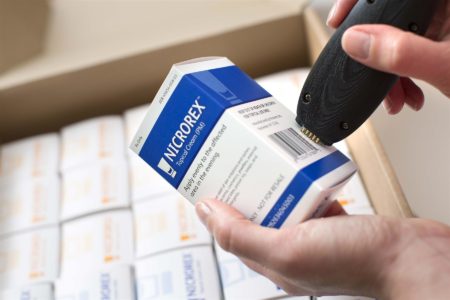February 25, 2020 – Meet Nick Jacobs, a marketing and content specialist at Xinrontube. Nick describes himself as a humanist who draws inspiration from the simple things in everyday life, and the matters one comes across daily, doing his best to help everyone he encounters. That’s a pretty good definition of humanism and one I adhere to as a fellow humanist. In this posting, Nick describes how technology is changing product packaging, and in particular, in pharmaceuticals. He describes this evolution as “smart packaging” aimed at improving patient outcomes. But rather than steal his thunder I will let him tell the packaging story.

Recently the pharmaceutical industry has started to look at using advances in technology to not just improve show what it puts inside packages but in the packaging itself.
Why? Because product packaging provides a means for protecting and preserving the items contained within as well as a way to communicate to consumers about the use of the contents. In the pharmaceutical industry, there is no doubt that both content and messaging contribute to improve patient adherence to drug regimens and lead to better outcomes. No matter if the pharmaceutical company is using collapsible aluminum tubes, other types of tubing, or boxed materials the potential to improve treatment and save lives can be dependent on the delivery package.
There are three categories of pharmaceutical packaging today contributing to more effective patient treatment. They are:
- Smart packaging – packaging that serves a purpose other than containing and protecting its contents and the term that generally covers all three types of added-value packaging including the following two.
- Active packaging – packaging designed to actively improve the product while on the shelf and during use (most often found in the food industry).
- Intelligent packaging – packaging that gathers data during its use.
The packaging industry has traditionally approached how it wraps consumer products using the acronym FMCG, which stands for fast-moving consumer goods. This has been seen as the value model associated with packaging. FMCG package design isn’t about being smart, active, or intelligent. It’s about brand identity and shelf recognition, the paradigm of the supermarket.
Smart packaging, however, is different. It offers fun features to encourage brand interaction. You can often see it best used in conjunction with your smartphone. For example, smart packaging may include printed panels that light up and display moving or flashing images, or provide scannable 2D and 3D bar codes that reward a buyer with loyalty points. In food packaging, scannable use-by dating codes can ensure less food wastage. And within the pharmaceutical industry, intelligent packaging technology can contain low-cost printed sensors embedded into a box or packet that can integrate with smart apps.

From the manufacturer, distribution and warehousing operators’ perspectives, smart packaging can track products throughout the supply chain. Packaging containing printed sensors and NFC (Near Field Communication) antennas can track environmental conditions such as temperature, shock, and humidity in real-time, and provide better quality control. The benefits to consumers include more sustainable products with better shelf life and the flagging of damaged and expired medications to ensure patient risk reduction.
Smart packaging can help consumers better understand how to use the content of the package. For example, packaging can communicate with smartphones, tablets, and other Wi-Fi-enabled devices, to remind patients when to take their medications. Data and information collected by smart packaging during the dispensing of doses can be organized and shared with a patient’s doctor, enabling him or her to monitor treatment plans and print repeat prescriptions when warranted. This is particularly important as pharmaceutical products become more personalized.
Smart and intelligent packaging is seen as providing equal importance to the content it contains. For the pharmaceutical industry used to cheap and easy packaging solutions, this means an overall holistic rethink of its products where the package is integrated as part of the total value being offered. Will consumers buy into the added cost and trade-offs that the collection and sharing of data could mean in terms of patient privacy?
The pharmaceutical industry also faces an environmental challenge from packaging waste. Because pharmaceutical products require high efficacy, sterility, and safety standards, materials used in packaging represent a challenge. For example, sealing content in multiple layers of material, and use of plastics that are often non-recyclable. To this challenge, add smart and intelligent packages containing sensors and other microelectronics. Can the added technology be designed for recovery and reuse through recycling programs?
A final comment. The pharmaceutical packaging industry today is worth $98 billion and is expected to grow to $128 billion by 2025. And when you consider in the European Union each year, 200,000 patients die from not adhering to proper use of the medications they are prescribed, smart and intelligent packaging can and will save many lives in the future.















